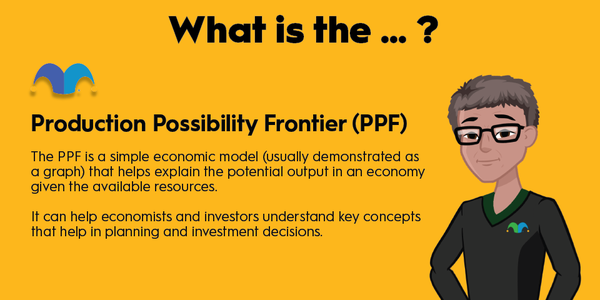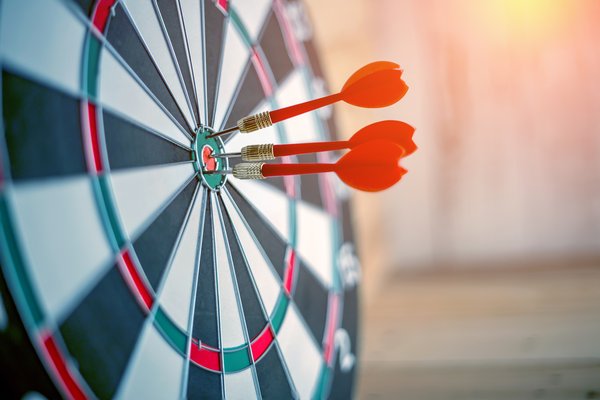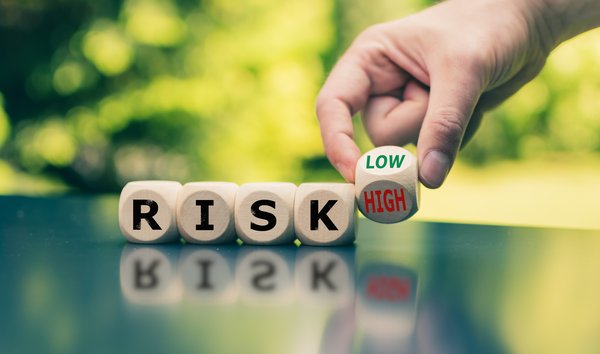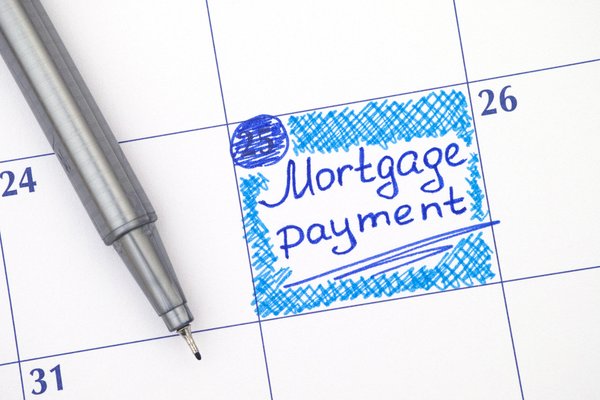Price elasticity of demand is a crucial concept to understand in investing. It helps investors understand whether a company has pricing power or not. Can it increase profits by raising prices, leading to increased profits? Or will the price increase lead to a drop in demand that ultimately hurts profits? A basic understanding of price elasticity will help you answer critical questions about the stock you are considering investing in.

What is the price elasticity of demand?
What is the price elasticity of demand?
It’s a simple equation to understand but tricky to sink in, so let’s embellish it with some examples. The price elasticity of demand is the percentage change in quantity demanded divided by the percentage change in price.
So, for instance, if Company A raises its product price by 10% and the demand falls by just 5%, its price elasticity of demand is 0.5. Alternatively, if Company B increases its product price by 10% and demand decreases by 10%, its price elasticity of demand is 1.
In this example, you could argue that Company A has more pricing power than Company B because demand for its product goes down less than for Company B. In this example, demand for Company A’s product is more inelastic than for Company B's product.
The following table shows these concepts. Working through the table, perfect price inelasticity is when demand for a product won’t change when the price moves; an example includes a life-saving pharmaceutical. If the drug will save a life, then most people will demand it regardless of a change in the price.
Perfect price elasticity is when demand moves infinitely given a price change, with an example being two producers of a commodity selling them side by side. If there are two producers of identical bananas selling them side by side in a supermarket at the same price, and one of them changes the price, then the lower-priced seller will get all the demand while the higher-priced seller will get none.
Unitary elastic demand occurs when a change in price results in a corresponding change in demand.
It’s important to note that perfect inelasticity and perfect elasticity are polar conditions used to explain a concept. In the real world, all products are somewhere between having a price elasticity of demand of zero and infinity.
| Condition | Change in Demand | Change in Price | Price Elasticity of Demand | Examples |
| Perfectly Price- Inelastic | 0% | 10% | 0 | Lifesaving pharmaceuticals |
| Unitary Elastic Demand | 10% | 10% | 1 | Many goods |
| Perfectly Price- Elastic | ∞ | 10% | ∞ | Commodity producers selling in a open market |
Why price elasticity of demand matters
Why price elasticity of demand matters
In practical terms, the key to understanding the concept is to appreciate the distinction between a company having price inelasticity (a figure between zero and 1) or a product having price elasticity (a figure between 1 and infinity).
The concept is crucial for understanding how the nature of a company’s business is changed by its price elasticity of demand and also how companies try to change the price elasticity of demand for their products.
Going back to the examples above, one key difference between the life-saving pharmaceutical and the banana is the fact that the banana has an easily available substitute (another banana) while the life-saving pharmaceutical does not. Therefore, some businesses try to create what’s known as “differentiated” products, meaning one that’s not easily replicated. In addition, the price elasticity of demand for a company’s products shapes its business model and what investors should be looking out for.
Finally, a pharmaceutical company such as Sanofi (SNY 5.9%) has a biotechnology business producing treatments for rare diseases. As such, its business model is centered on developing price-inelastic products that tend to command high prices.
On the other hand, a copper producer such as Freeport-McMoRan (FCX 2.4%) has a relatively price-elastic demand. If Freeport-McMoRan decides to charge more for its copper, its customers will likely go to another copper miner to buy a pound of copper. As such, Freeport-McMoRan’s business is about growing revenue and profits by increasing production, cutting costs, and hoping the price of copper goes higher.
Industrial conglomerates such as Honeywell International (HON -0.91%) provide an interesting case to consider. It tends to have price-elastic products, but it can invest in research and development to produce new differentiated products. These products tend to have more pricing power and usually higher margins. The newer products are more price-inelastic than the older versions, so Honeywell will see less of a drop in demand by selling them at a higher price than by doing the same with older products. Meanwhile, Honeywell can focus on reducing costs with its older, more price-elastic products.
How to invest using price elasticity of demand
How to invest using price elasticity of demand
Sanofi’s rare disease treatments are examples of price-inelastic products. Investors should focus on its development program in that business because products will likely command significant pricing power when treatments are approved.
In Freeport-McMoRan’s case, investors should focus on what the miner is doing to increase production such as expanding existing mines or developing leaching technology to extract copper from existing stockpiles. Investors don’t need to focus so much on how Freeport-McMoRan competes within its markets since its competitors will roughly receive the same price for copper. In addition, it’s essential to have a view of the price of copper over the long term before buying the stock.
In Honeywell’s case, looking at what the company is doing to produce innovative new products is important. Given that creating new products means demand for Honeywell’s solutions can become more inelastic and its products become less “commoditized,” it’s essential for management to keep investing and competing. In contrast to Freeport-McMoRan, investors should focus on how Honeywell competes in its end markets to differentiate its products.
Understanding the price elasticity of demand for a company’s products also helps you know what to consider when investing in a company and how to monitor its progress.






































































